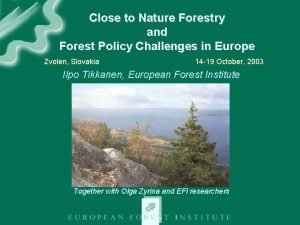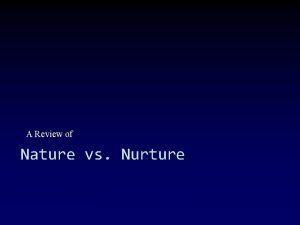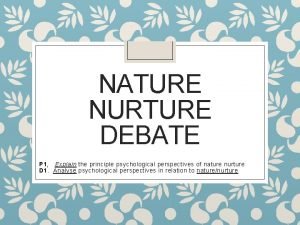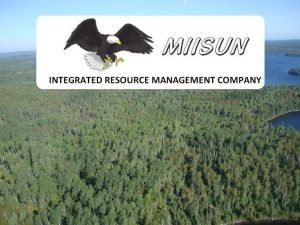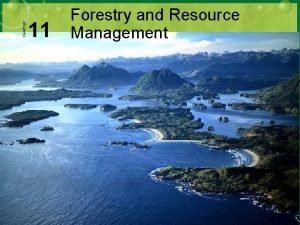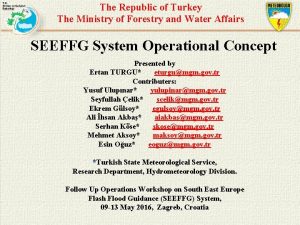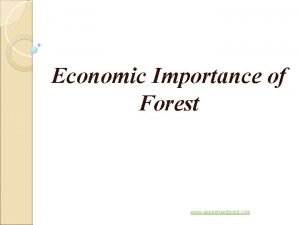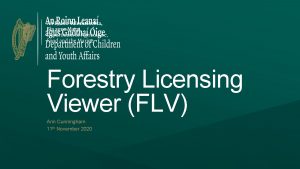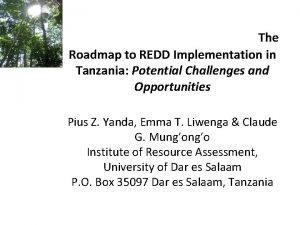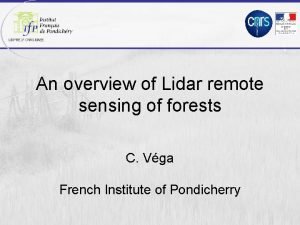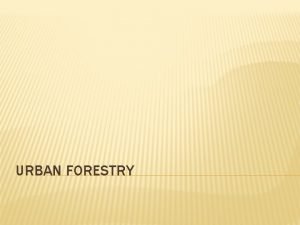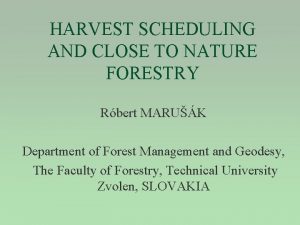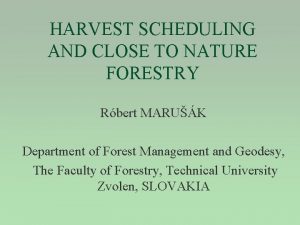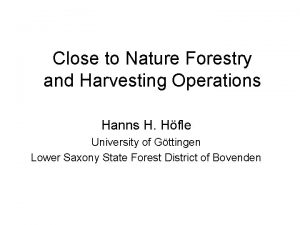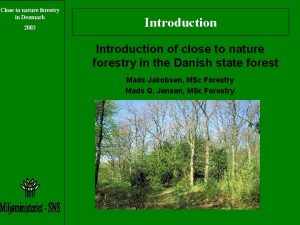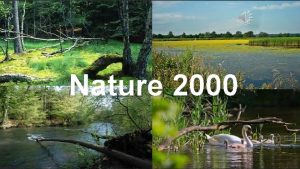Close to nature forestry versus nature protection in













- Slides: 13

Close to nature forestry versus nature protection in the Slovak Republic from the policy point of view Jaroslav Šálka, Rastislav Šulek, Hubert Paluš

Introduction Conflict 1. conception of nature protection – regulative protection of areas and species Þ extreme ideas – restricted ordinary land use, property rights not respected 2. conception of forestry – close to nature forestry with secured nature protection extreme ideas – nature protection just as an associate product of timber production

Economic overview n 2 economic strategies n traditional forestry (production of timber) n close to nature forestry (nature protection) n 3 points of view n close to nature forestry is economically more suitable than the traditional forestry n close to nature forestry and traditional forestry are economically neutral n close to nature forestry is in comparison with traditional forestry economically unsuitable

Internal competition between timber production and nature protection Timber A T 0 Social indifferent curve Production possibilities B T 1 NP 0 NP 1 Nature protection

Representatives of economic interests n organizations and institutions of forestry and wood-processing industry n orientation based on principles of market economy, securing of property rights, sustainable timber production and forestry professional capability n crucial actor – state administration of forestry

Representatives of ecological interests n organizations and institutions of environment and nature protection n orientation based on biocentrism, theory of ecological balance and “small-isbeautiful” opinions n crucial actor – state administration of nature protection

Policy conflict n agreement on basic principles of nature protection in forests n conflicts at level of solutions and measures

Agreement – basic issues n preservation of forest sustainability n preservation of biodiverzity n preservation of natural wealth

Conflicts – proposed solutions n intensity of forest resources use for different purposes n types and size of protected areas n extent of ecological management of forests

Conflicts – proposed measures n type of used timber harvesting methods n type of forest regeneration and choice of tree species composition n share of dead wood n intensity of silvicultural measures in protected areas

Regulation of the conflict by the state - overview of the policy tools Tools Nature protection Forestry §protection of areas §protection of species §restriction and regulation of certain activities in forests §regulation of forest land conversion 2. economic tools §indemnification of forest owners §forest certification by FSC scheme §subsidies for more ecological forestry §levies on forest land conversion §forest certification by PEFC scheme 3. information tools §public relations in environment and nature protection §public relations of timber as renewable raw material §public relations of public beneficial forest functions 1. regulative tools

Conflict between forestry and nature protection n three examples n competence conflict between state administration of forestry and state administration of nature protection on protected areas n indemnification of forest owners for property detriment due to restriction on land use in favour of nature protection n different forest certification schemes

Certification n n FSC worldwide recognised FSC Principles and Criteria high level of importance in satisfying Principles and Criteria for certification endorsement from NGO’s and environmental organisations, their equal participation important role of nature protection n safeguards, written guidelines conservation zones use of chemical pesticide n n PEFC criteria based on Pan-European Criteria for SFM serve as a common framework for recommendations guidelines can be used on voluntary basis n lower level of participation of NGO’s, environmental and social organisations n recommendations forestry practices n n n best use of natural processes encouragement of biodiversity use of appropriate techniques
